Periods Palaeolithic | ||
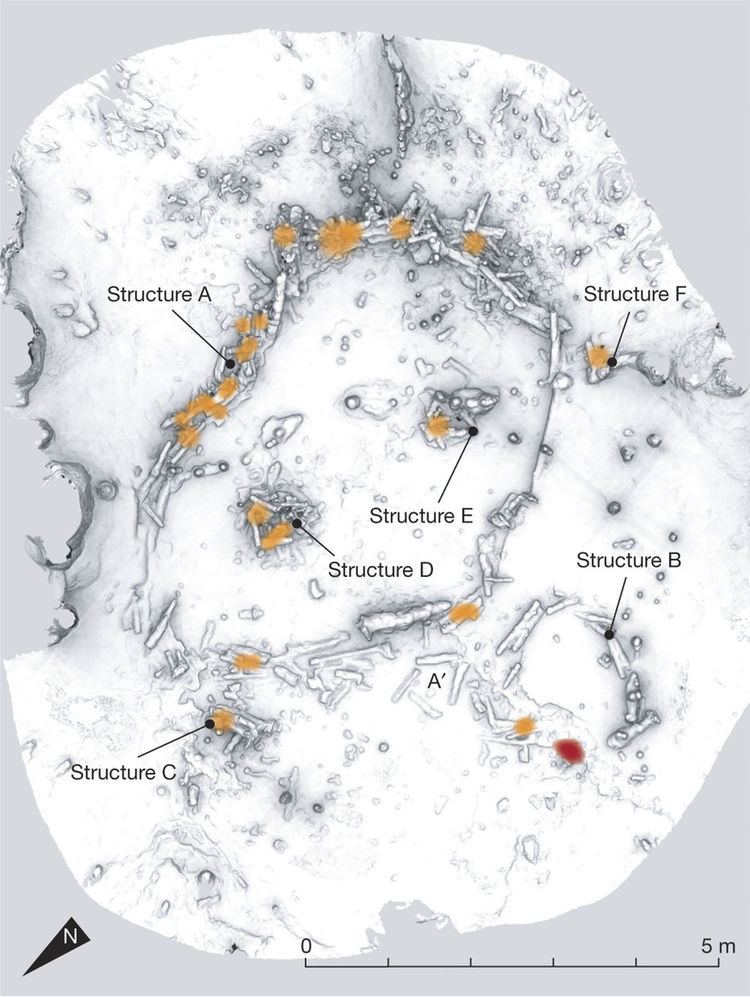 | ||
Similar Chauvet Cave, Cave of Mayrières supérieure, Grotte de Cussac | ||
Neanderthal stone rings in bruniquel cave france
Bruniquel Cave is an archeological site near Bruniquel, in an area which has many paleolithic sites, east of Montauban in southwestern France. Annular (ring) and accumulation (pile) structures made of broken stalagmites have been found 336 metres from the cave entrance. Traces of fire were also found. The constructions have been dated to around 176 thousand years ago.
Contents
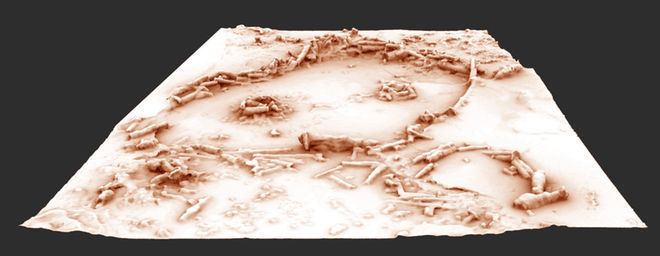
In a letter to Nature reporting the discovery in 2016, Jacques Jaubert and his co-authors state that the structures are of anthropogenic origin, and as early Neanderthals were the only humans in the area at that time, they must have been the builders, a conclusion which is accepted by Chris Stringer of the Natural History Museum in London.
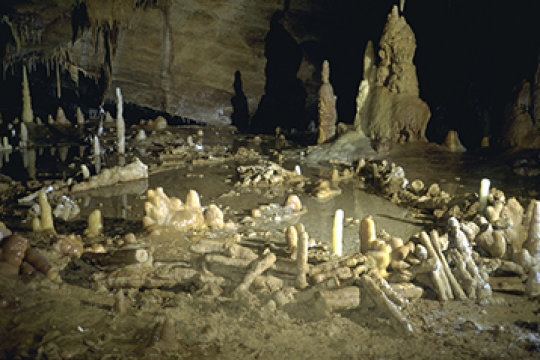
The discovery shows that early Neanderthals were capable of building more elaborate structures than previously realised, and that they had a more complex social organisation than previously thought. The modern human Aurignacian culture, over 100,000 years later, is not known to have produced constructions in caves.

Discovery

Bruniquel cave was closed naturally during the Pleistocene, and no one entered it until cavers dug through the collapsed entrance in 1990. A plan was made of the structures in the early 1990s, and a burnt bone was C14 dated to over 47,600 years, but research stopped after the death of the lead archeologist, and it was unclear whether the structures could be attributed to the Neanderthals. In 2013, Jacques Jaubert and his colleagues decided to study and date the structures, and they published a letter outlining the results of their research in Nature in 2016.
The constructions
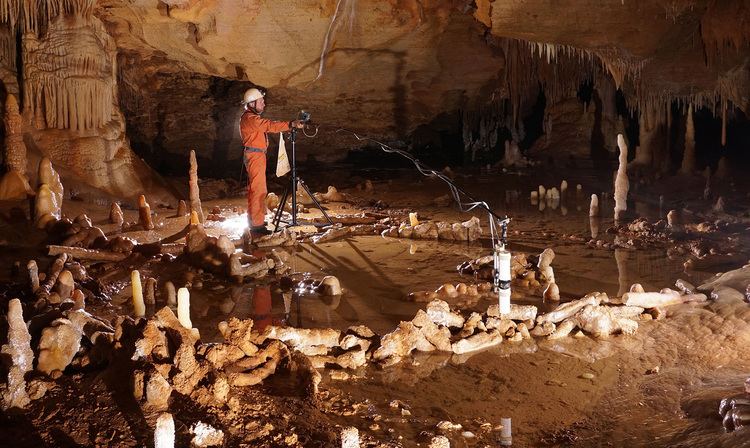
The structures have been dated by uranium series dating as 176.5 (±2.1) thousand years old, with 2σ uncertainties (95.5% probability). There are two annular structures, one 6.7 by 4.5 metres, and the other 2.2 by 2.1 metres, composed of one to four aligned layers of stalagmites, with some small pieces placed inside the layers to support them. Some stalagmites were placed vertically against the rings, possibly as reinforcement. There are also four stacks of stalagmites between 0.55 and 2.60 metres in diameter, two of which were inside the large ring and two outside it. Around 400 stalagmite pieces (called "speleofacts" by the researchers) were used, with a total length of 112.4 metres and weight of around 2.2 tons.
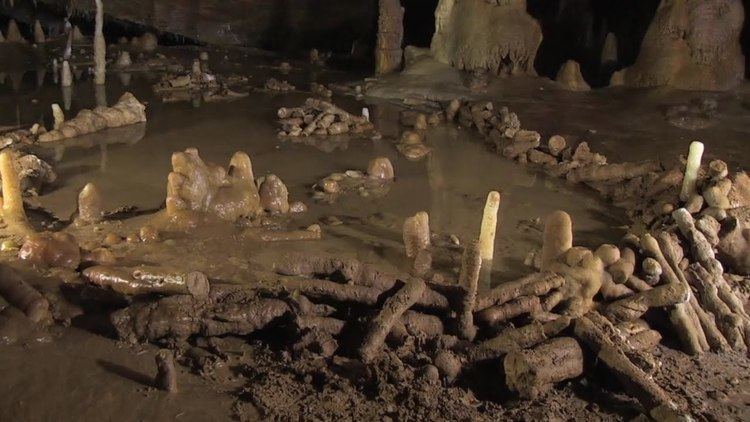
Very few of the stalagmites are whole, with half being from the middle, excluding the root and tip. All six structures show signs of fire, with 57 reddened and 66 blackened pieces. Burnt organic material was also found, including a 6.7 cm bone from a bear or large herbivore. The stalagmite pieces are well calibrated, with an average length of 34.4 cm for the large ring and 29.5 cm for the small one, which in the view of Jaubert and colleagues strongly suggests intentional construction. No other evidence has been found of human activity.
Interpretation

The constructions were made during the cold MIS6 period, but calcite flows on the surface of the main ring are similar in age to the structures, showing that in spite of the generally glacial conditions, the climate was then warm and humid enough to allow calcite deposition. The researchers suggest that the constructions may date to a warm phase in the cold period. However, Chris Stringer suggests that the cave may have provided a temporary refuge from the arctic conditions, and evidence of occupation may be found under unexcavated sediments or later calcitic encrustations.
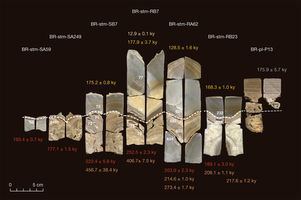
Deep karst is a difficult environment, and before the discovery of Bruniquel, Neanderthal constructions in caves beyond the distance exposed to daylight, and thus requiring artificial lighting, were completely unknown. Even in caves visited by modern humans during the Upper Paleolithic, there are no proven cases of constructions. Stringer observes that: "this discovery provides clear evidence that Neanderthals had fully human capabilities in the planning and the construction of 'stone' structures". It is not known whether the structures were built as part of a ritual or had a symbolic function, but in the view of Jaubert and his colleagues:
The attribution of the Bruniquel constructions to early Neanderthals is unprecedented in two ways. First, it reveals the appropriation of a deep karst space (including lighting) by a pre-modern human species. Second, it concerns elaborate constructions that have never been reported before, made with hundreds of partially calibrated, broken stalagmites (speleofacts) that appear to have been deliberately moved and placed in their current locations, along with the presence of several intentionally heated zones. Our results therefore suggest that the Neanderthal group responsible for these constructions had a level of social organization that was more complex than previously thought for this hominid species.